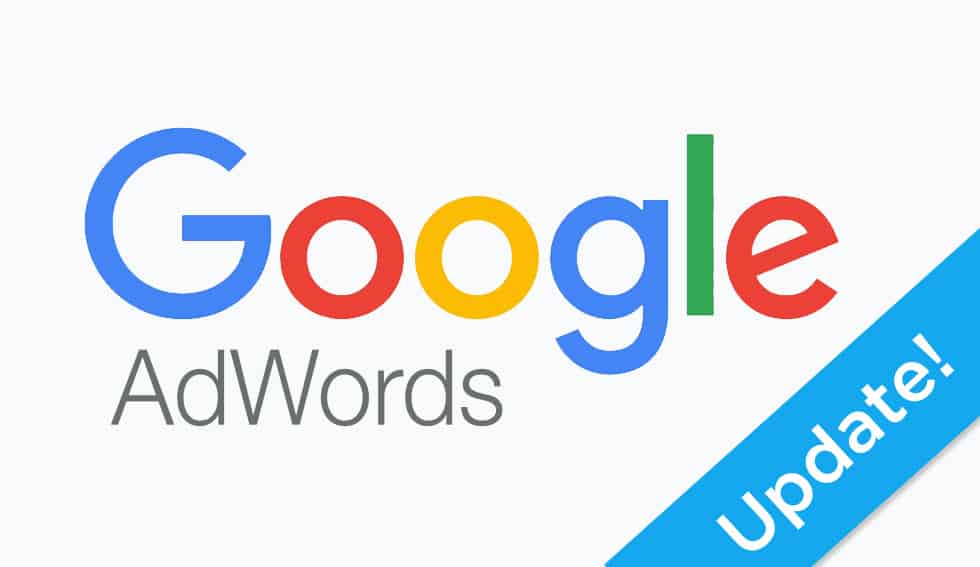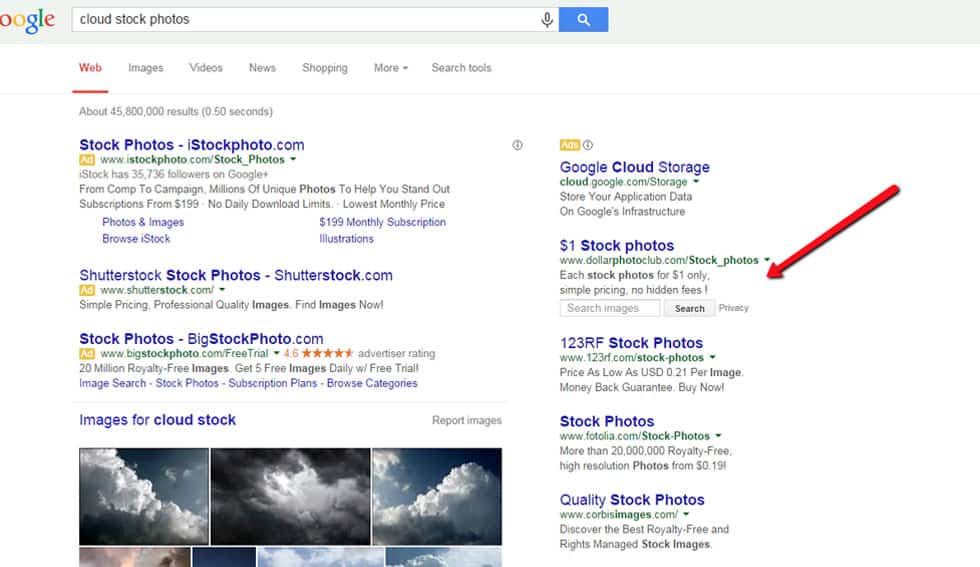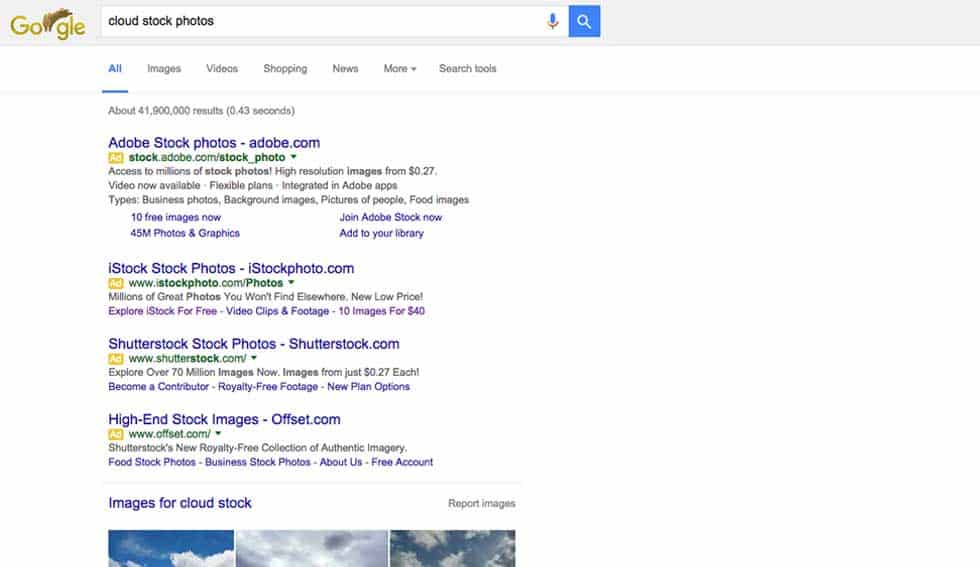
Google has rolled out a major change to search results pages. Right hand Pay-Per-Click ads will no longer be shown on results pages, and more paid ads will now appear at the top and bottom of organic listings.
While many are bracing themselves for a doomsday fallout, it’s much too early to say what the longterm impacts will be.
Overview of the update
For many years, a typical search results page on Google looked something like this:

With Google’s recent decisions to kill off sidebar Pay-Per-Click ads, and relegate them to appearing only at the top or bottom of the organic listings, here’s what the same page looks like today:

Two exceptions to the rule
Google has stated it will still show the following types of ads in the sidebar:
Exceptions:
- Product Listing Ads, which will show either to the right or above organic results
- Ads in the Knowledge Panel
Why would Google do this?
Google has been testing this new layout since 2010, so it’s not a complete shock to those who’ve been following the topic closely.
The major factors that provoked this change seem to be:
- Eye tracking data shows that many searchers inadvertently click on paid ads. As you can imagine, many internet users are not tech savvy and can’t differentiate between ads and organic results.
- As we’ll get to shortly, studies prove that only a small percentage of clicks come from the right hand ad units. Google’s objective is to provide as much value as possible to searchers and advertisers, so this change should help to weed out ineffective page content.
- Product listing ads and the Knowledge Center have become very prominent in search results, so this clears the lane for them to become a fixture in the right rail.
What are the major impacts?
Most importantly, there are now less above-the-fold opportunities for PPC ads to be served to searchers. A secondary implication is that adding additional paid listings at the top will push the organic results further down the page, meaning some will be left hanging below the fold.
Additionally, one would assume that with less paid positions to bid on, the average cost-per-click will rise. However, it’s too early to measure the impacts.
Why you shouldn’t freak out
Industry experts, such as Larry Kim of the PPC agency WordStream, are not concerned about the loss of sidebar ads.
Here’s what Kim told Search Engine Land:
“I had a good chuckle reading some of the doomsday predictions this morning.
We did some actual analysis here and what I can tell you is that Side Ad and Bottom ads account for 14.6% of total click volume (this is looking across thousands of accounts). Keep in mind that ‘Bottom of Page Ads’ aren’t going away. So, for starters, we’re talking less than 14.6% of clicks impacted by the change.”
Impacts on organic search
After some testing, we’ve seen several noteworthy changes to organic search results in Google’s new results pages. Firstly, the number of organic results per page on desktop seems to fluctuate between 8 and 11, depending on the nature of the results Google pulls for a given query.
Example: a search for “web design” returns the following set of results:
- 4 paid ads at the top
- Google Local results directly below top set of paid ads
- 8 organic results
- Within the organic results, there is a row of Image results and ab “In the News” result.
- 3 paid ads at the bottom
What we see in the above example is a) an additional paid ad at the top pushing organic results further down the page, and b) the presence of paid ads, maps, images and in the news limiting the organic results to just 8 on Page 1.
On mobile, we see something even more dramatic. A search for “watch free movies” returns only 4 organic results. In this case, a block of 6 recommended Apps takes up the majority of the page real estate.
It’s important to note that while the above observations are somewhat troubling for those relying on SEO to drive business, the removal of right hand ads plays only a small factor in this equation.
As you can see, Google is giving preferential treatment to a variety of results and it’s an unpredictably mixed bag depending on what you search for.
The conclusion is, this is a small part of Google’s continual overhaul to search results, and we should all be nimble enough to respond and adapt as needed.
What should you do now?
If you run PPC ads, brace yourself for a potential scenario that forces you to bid higher to compete for the limited number of positions on Page 1.
For those relying on organic listings to drive business, it’s time to step away from your vanilla link building practices, and do everything you can to diversify and find more opportunities for Page 1 real estate.
Tips for diversifying your organic results:
- Use rich snippets, schema and microdata to make your results more appealing and add credibility.
- Create YouTube videos and optimize them. Google owns YouTube and displays videos in search results, so this is a great opportunity to create dynamic content that people and Google love.
- Improve your Title Tags and Meta Descriptions to be as impactful as possible.
- Optimize your Google Business listing for a chance to appear in the local maps results.
- Optimize your images with proper file names and alt tags. Image search is very popular and Google often displays top image results within a list of organic results.
Conclusion
My advice is to do what we’ve done each time Google unveils a new update. Analyze the changes in relation to your brand and your marketing strategy, and come up with ways you can adapt without losing traction.
I’d love to hear your reaction to this update. What are your observations so far and what changes will you make to your marketing tactics?
Let`s Get
In Touch
Contact us today for a free consultation
and cost estimate for
your project.
We work with companies in all
industries, big or small.
Give Us a Call: 786-529-6039
Services
©2024 FUZE DIGITAL INC. Ignite Your Brand™ | privacy





